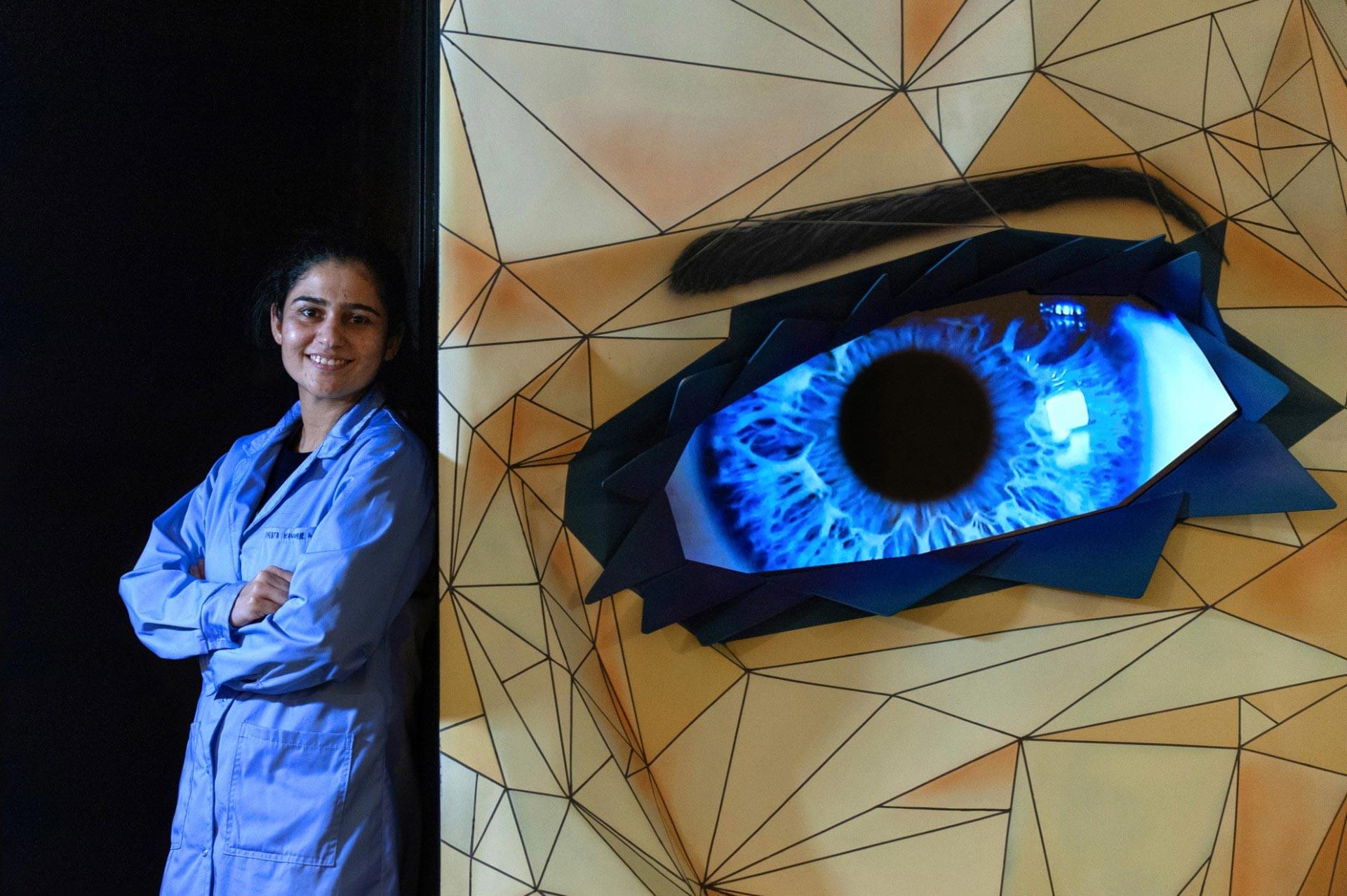Europe’s flawed oversight of pesticides may be fueling a silent epidemic, warns Dutch neurologist Bas Bloem. His fight for reform pits him against industry, regulators — and time.
Category: biotech/medical – Page 6
In this Perspective, the authors propose that patients with psoriatic arthritis and an inadequate response to therapy can be classified into two distinct subgroups, characterized by persistent inflammatory and non-inflammatory phenotypes, and discuss potential mechanisms underlying these phenotypes, as well as considerations for treatment strategies and trial design.
Many cells in our body have a single primary cilium, a micrometer-long, hair-like organelle protruding from the cell surface that transmits cellular signals. Cilia are important for regulating cellular processes, but because of their small size and number, it has been difficult for scientists to explore cilia in brain cells with traditional techniques, leaving their organization and function unclear.
In a new series of work, researchers at HHMI’s Janelia Research Campus, the Allen Institute, the University of Texas Southwestern Medical Center, and Harvard Medical School used super high-resolution 3D electron microscopy images of mouse brain tissue generated for creating connectomes to get the best look yet at primary cilia.
Non-personalized content and ads are influenced by things like the content you’re currently viewing and your location (ad serving is based on general location). Personalized content and ads can also include things like video recommendations, a customized YouTube homepage, and tailored ads based on past activity, like the videos you watch and the things you search for on YouTube. We also use cookies and data to tailor the experience to be age-appropriate, if relevant.
Select “More options” to see additional information, including details about managing your privacy settings. You can also visit g.co/privacytools at any time.
A new international study reveals a possible connection between GLP1 receptor agonists—used in drugs like Ozempic—and increased risk of depression and suicidal ideation, especially in people with low dopamine function.
Understanding and treating brain disorders such as tremor, imbalance, and speech impairments requires deep knowledge of the cerebellum, a part of the brain that’s crucial for making accurate movements.
Scientists have long been able to eavesdrop on and record the electrical signals transmitted by neurons (brain cells) in the cerebellum, allowing them to observe the signals entering and exiting this region. But the computations that the brain performs between the input and output have been largely a mystery.
However, that is now changing. A team of researchers, including those from Baylor College of Medicine, have created an artificial intelligence tool that can identify the type of neuron producing electrical signals recorded from the cerebellum during behavior, allowing a new understanding of how the cerebellum works.
Fifty years since its discovery, scientists have finally worked out how a molecular machine found in mitochondria allows us to make the fuel we need from sugars, a process vital to all life on Earth.
Scientists at the Medical Research Council (MRC) Mitochondrial Biology Unit, University of Cambridge, have worked out the structure of this machine and shown how it operates like the lock on a canal to transport pyruvate—a molecule generated in the body from the breakdown of sugars—into our mitochondria.
Known as the mitochondrial pyruvate carrier, this molecular machine was first proposed to exist in 1971, but it has taken until now for scientists to visualize its structure at the atomic scale using cryo-electron microscopy, a technique used to magnify an image of an object to around 165,000 times its real size. Details are published in Science Advances.
Researchers have uncovered the 3D structure of RBP3, a key protein in vision, revealing how it transports retinoids and fatty acids and how its dysfunction may lead to retinal diseases. Proteins play a critical role in the human body, acting as essential structural and functional components of ce
Northeastern University researchers resurrected an extinct plant gene, turning back the evolutionary clock to pave a path forward for the development and discovery of new drugs.
Specifically, the team, led by Jing-Ke Weng, a professor of chemistry, chemical biology and bioengineering at Northeastern, repaired a defunct gene in the coyote tobacco plant.
In a new paper, they detail their discovery of a previously unknown kind of cyclic peptide, or mini-protein, called nanamin that is easy to bioengineer, making it “a platform with huge potential for drug discovery,” Weng says. The paper is published in the journal Proceedings of the National Academy of Sciences.
“Vaping and dabbing were most common among young adults aged 18–24 years. Trends in both of these routes of use have increased among adolescents and young adults.”
How does the average U.S. adult consume marijuana? This is what a recent report published by the Centers for Disease Control and Prevention (CDC) hopes to address as a team of CDC researchers investigated the range of cannabis products that are used by U.S. adults and which products are used more than others. This report has the potential to help scientists, legislators, and the public better understand cannabis use throughout the United States and develop educational and preventive measures for its use.
The report states, “As the availability and types of cannabis products expand, less is known about how persons consume cannabis. Historically, cannabis has most often been smoked; however, additional routes of use are available, including oral ingestion, vaping, and more recently, dabbing (i.e., inhalation of highly concentrated THC-based oils often heated using a blowtorch).”
For the study, the researchers conducted a survey of 138,625 participants to identify how both the frequency and method of cannabis use and broken up into several age groups. In the end, they found that 14,044 (15.3%) used cannabis with 6,848 (7.9%) using it daily. They found that 79.4% smoked cannabis while eating, vaping, and dabbing comprised 41.6%, 30.3%, and 14.6%, respectively. Additionally, 29.3% of non-Hispanic American Indian or Alaska Native (AI/AN) individuals were found to participate in dabbing, along with 23% of individuals without a high school diploma.









